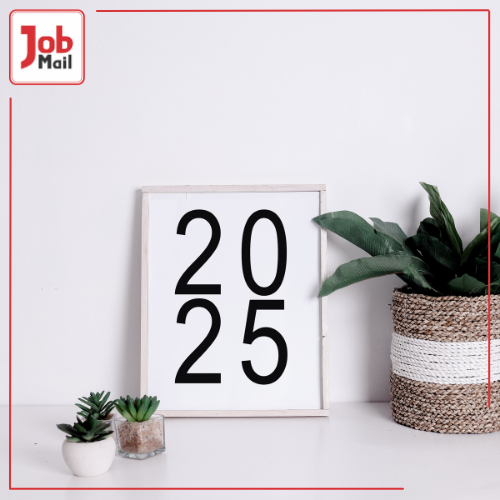Have you ever wondered what sets a standout professional portfolio apart from the rest? In today's competitive job market, having a well-crafted professional portfolio can make all the difference in landing your dream job. Whether you're a seasoned professional or just starting, a professional portfolio showcases your skills, achievements, and potential to prospective employers. This article will guide you through the essential components of a professional portfolio and explain why each element is crucial for your career success. For more career tips and job opportunities, don't forget to check out Job Mail.
 Photo by Antoni Shkraba on Pexels
Photo by Antoni Shkraba on Pexels
Why a Professional Portfolio Matters
A professional portfolio is more than just a collection of documents; it’s a powerful tool that represents your professional journey, competencies, and accomplishments. It provides a tangible proof of your abilities, making you more memorable and credible to potential employers. Job market is competitive and diverse, having a professional portfolio can give you an edge over other candidates.
Essential Components of a Professional Portfolio
1. Personal Information
Start with your contact details, including your full name, phone number, email address, and LinkedIn profile. This information should be easy to find and clearly presented on the first page.
2. Professional Summary
Your professional summary should be a concise statement that highlights your career objectives, key skills, and significant achievements. This section should capture the reader's interest and provide a quick overview of what you bring to the table.
Your CV is a detailed account of your professional experience, education, and skills. Ensure it is up-to-date and tailored to the job you are applying for. Include:
- Work Experience: List your past job roles, responsibilities, and achievements. Quantify your accomplishments with specific metrics where possible.
- Education: Detail your academic background, including degrees, certifications, and relevant coursework.
- Skills: Highlight your core competencies, both technical and soft skills.
4. Work Samples and Projects
Include samples of your best work. This could be reports, presentations, design work, or any project that showcases your skills and expertise. For creatives, this might include a portfolio of artwork, photographs, or writing samples. For those in technical fields, project documentation, coding samples, or case studies are valuable.
5. Certifications and Awards
Listing relevant certifications and awards can set you apart by showing your commitment to professional development and excellence. Ensure each entry includes the name of the certification or award, the issuing organisation, and the date received.
6. Letters of Recommendation
Include letters of recommendation from former employers, colleagues, or mentors who can vouch for your skills and work ethic. These endorsements add credibility and provide external validation of your abilities.
 Photo by Antoni Shkraba on Pexels
Photo by Antoni Shkraba on Pexels
7. Professional Development
Document any workshops, seminars, or courses you have attended that are relevant to your career. This demonstrates your dedication to continuous learning and staying updated with industry trends.
8. Personal Projects and Volunteering
Highlighting personal projects or volunteer work can illustrate your passion, initiative, and community involvement. These experiences can be particularly valuable in showcasing skills that are transferable to the workplace.
9. References
List professional references who can provide a strong testament to your qualifications. Include their name, position, organisation, and contact information. Always seek permission before listing someone as a reference.
How to Present Your Portfolio
- Digital Portfolio
In the digital age, having an online portfolio is crucial. Create a professional website or use portfolio platforms to showcase your work. Ensure it is user-friendly, visually appealing, and easy to navigate.
- Physical Portfolio
For in-person interviews, a well-organised physical portfolio can make a strong impression. Use a professional binder or folder, and make sure everything is neatly arranged and easy to access.
Tips for Maintaining Your Professional Portfolio
- Regular Updates: Keep your portfolio current by adding new projects, certifications, and experiences.
- Tailor for Each Job: Customise your portfolio to align with the specific job you are applying for. Highlight the most relevant experiences and skills.
- Seek Feedback: Get input from peers or mentors to ensure your portfolio is comprehensive and effectively showcases your strengths.
Creating a professional portfolio is a strategic move in enhancing your career prospects. By including key elements such as your CV, work samples, and recommendations, you present a well-rounded picture of your professional abilities. Remember, a strong portfolio not only highlights your skills and achievements but also sets you apart in the competitive job market. For more career advice and job opportunities, visit Job Mail. Your dream job might be just a portfolio away!


